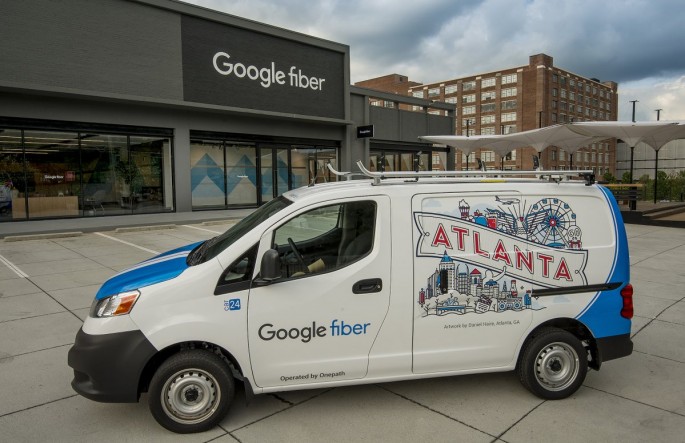Google Fiber was announced in 2010 as a service that would bring ultra-fast and cheap broadband Internet to American homes. Since then the Alphabet project has provided fiber-optic communications with gigabit speeds to allow customers in cities and towns across the United States to quickly stream videos and download movies. However, due to the time and cost required to install fiber optics cables, the tech company is testing new wireless Internet technology.
The news is based on an official document. A new filing with the Federal Communications Commission (FCC) shows that Google has been testing a new wireless-transmission technology based on a new radio spectrum.
Google has already spent millions of dollars on its fiber optics infrastructure. The company has added an average of one new metro area per year since Google Fiber's launch.
In Google's latest earnings report the company's "Other Bets" unit that includes Fiber reported revenue of $185 million, but also an operating cost of $859 million, according to Business Insider.
The costs of running a telecom business are high. They include digging up streets and backyards to install cables, and dealing with old-school members of telecom companies who own utility poles.
Google Fiber is reportedly figuring out how to make installations faster and cheaper. The company plans to add the wireless technology to a dozen new metropolitan areas including Los Angeles and Chicago.
A Google spokesperson told Business Insider the company hopes in the future the Internet technology can provide better web access to consumers.
Google Fiber customers now have the option to pay $70 per month for 1 gigabit-per-second Internet speeds. The search giant's pay TV service costs an extra $60.
Google's new tech will help to expand Fiber and cut installation costs. It is unclear if the non-cable technology will change monthly prices.
Google Fiber bought Webpass in June. The company's adroitness in transmitting web service from fiber-linked antennas to building antennas should help its shift from cables to wireless.
Craig Barratt is CEO of Google's Access unit that manages Fiber. In a Recode interview earlier this year Barratt explained that Google Fiber is doing experiments on different wireless technologies to reach houses in low-density areas, according to CNBC.
Here's the fastest Internet in US (2016):



























